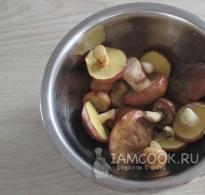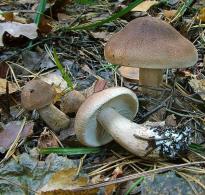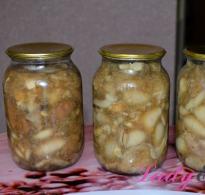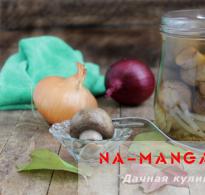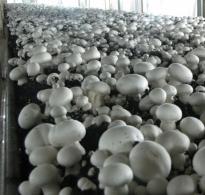Oyster mushroom is the most "home" mushroom
Oyster mushroom (oyster mushroom) is also called oyster mushroom or oyster mushroom. It is an edible mushroom belonging to the oyster mushroom family. It has a pleasant taste of anise, but does not have a special smell.
The Latin name for the fungus is Pleurotus ostreatus.
The diameter of the cap varies from 5 to 15 centimeters. The hat is fleshy, rounded, with thin edges. The shape of the cap is shell-shaped, ear-shaped, or almost round. At a young age, the caps are convex with curved edges, and as they grow, they become flat with wavy edges. If the mushroom grows in a humid environment, then the hat is often covered with mycelial plaque. The color of the cap can vary from brown and dark gray to light gray with a purple tint, and over time, the mushrooms fade so much that they become whitish, yellowish or grayish.
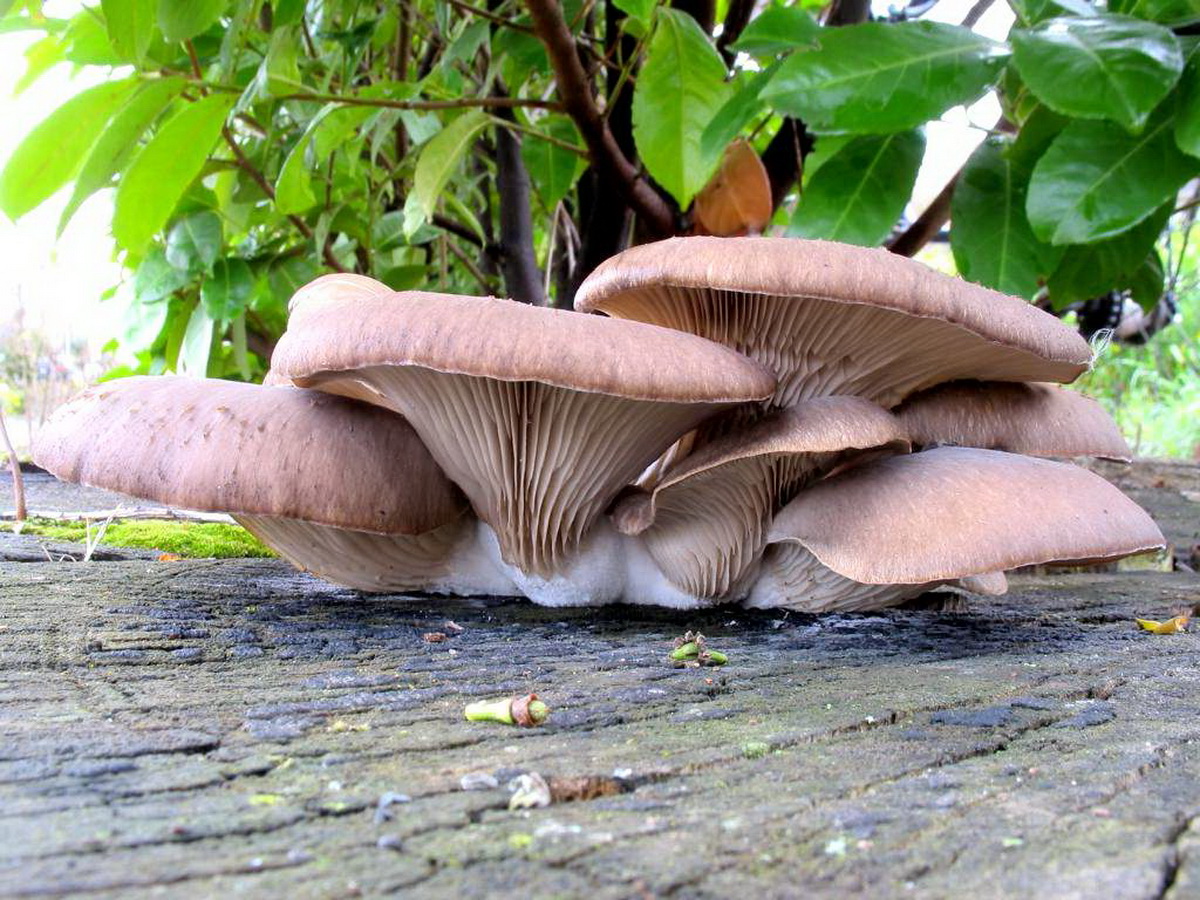
The leg of an ordinary oyster mushroom is dense and short, lateral, cylindrical in shape, narrowed towards the base, often it is curved. The length of the leg varies from 2 to 5 centimeters. The leg is smooth, white, at the base it is a little felt, brownish tone. In old oyster mushrooms, the leg becomes very stiff.
The plates are rare, their width is 3-15 millimeters, at a young age they are whitish, but with time they become gray or yellow. Spore powder pinkish or white.
Distribution of oyster mushroom
These fungi are classified as wood-destroying saprophytes. They are widely distributed in forests growing in the temperate zone. Oyster mushrooms grow on tree trunks quite high from the ground.
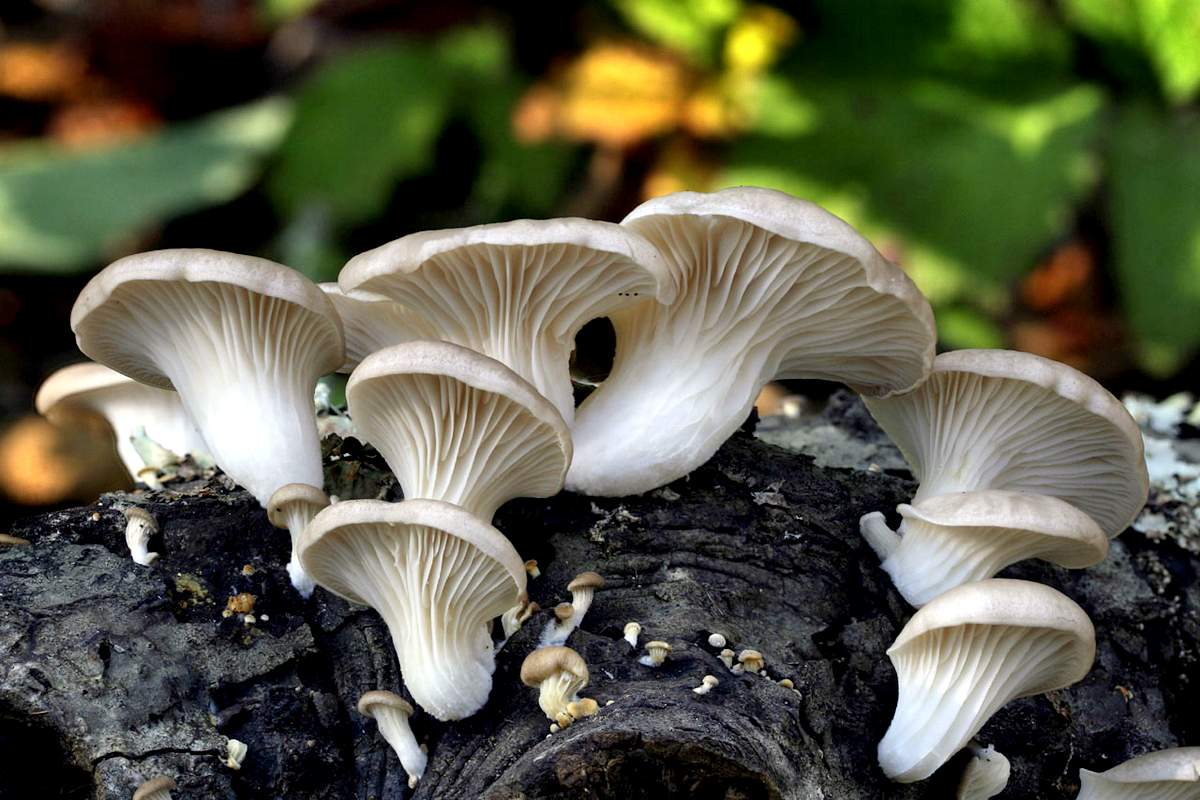
Most often, ordinary oyster mushrooms grow in large bunches, which consist of more than 30 fruiting bodies. Mushrooms grow together at the base, resulting in "multi-tiered structures". Oyster mushrooms perfectly tolerate negative temperatures.
The influence of ordinary oyster mushrooms on trees
Oyster mushrooms grow on weakened trees that cause yellow rot. More often they settle on deciduous trees, and conifers are preferred less often.
Trees tend to become infected with these fungi through frost cracks. In the place where the rot has formed, fruiting bodies begin to grow. Oyster mushrooms continue to grow even on dead wood.
Nutritional value of oyster mushroom
This mushroom is a dietary product, as it has a low calorie content - 38-41 kcal, in addition, it contains many nutrients necessary for the health of the body.
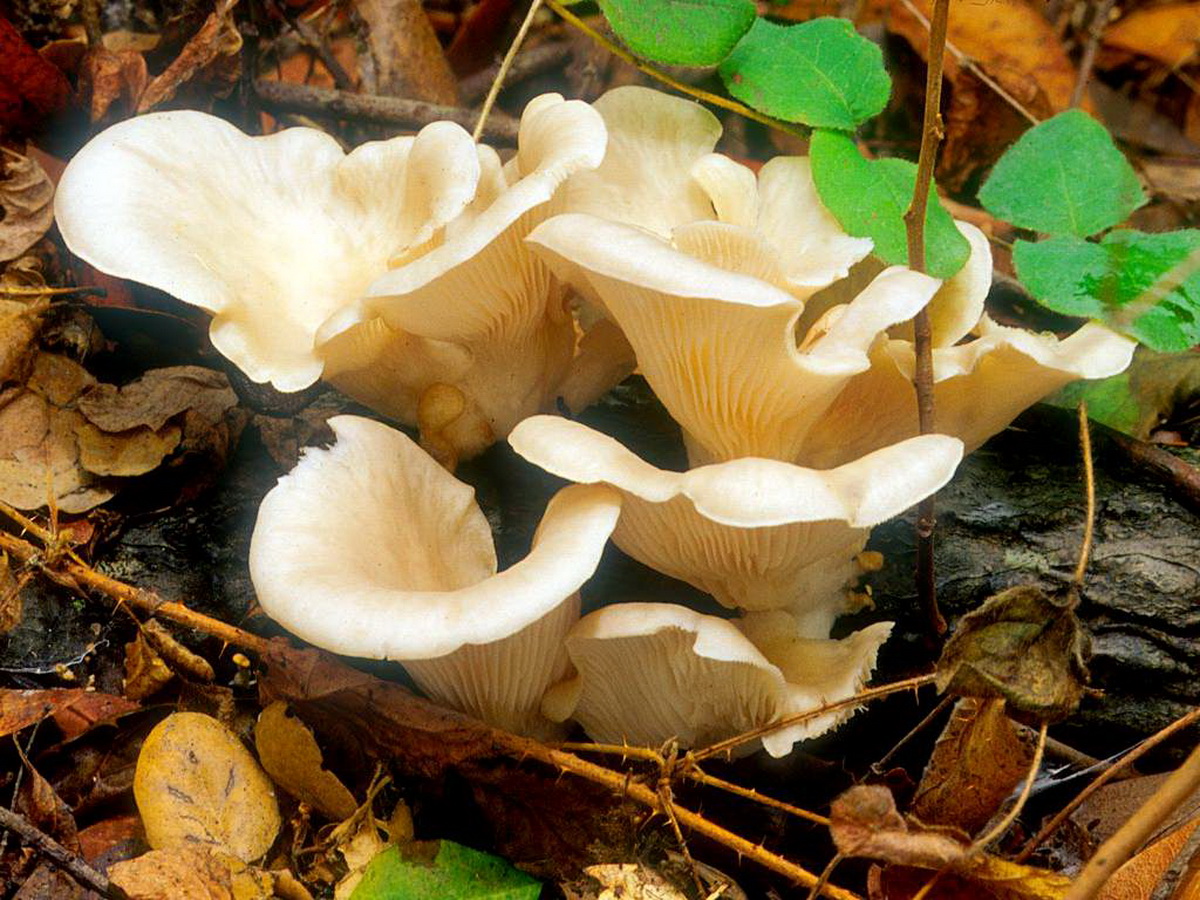
The polysaccharides contained in the common oyster mushroom have a high immunomodulatory and antitumor effect. In addition, these mushrooms contain minerals: phosphorus, potassium, cobalt, calcium, zinc, selenium, copper, which are necessary for humans.
Oyster mushroom is a source of fat-soluble and water-soluble vitamins. These mushrooms contain a full complex of vitamins B, vitamin E, ascorbic acid and vitamin PP.
Cultivation of oyster mushrooms
Thanks to all these nutritional qualities of oyster mushrooms, they are grown in many countries of the world on an industrial scale.
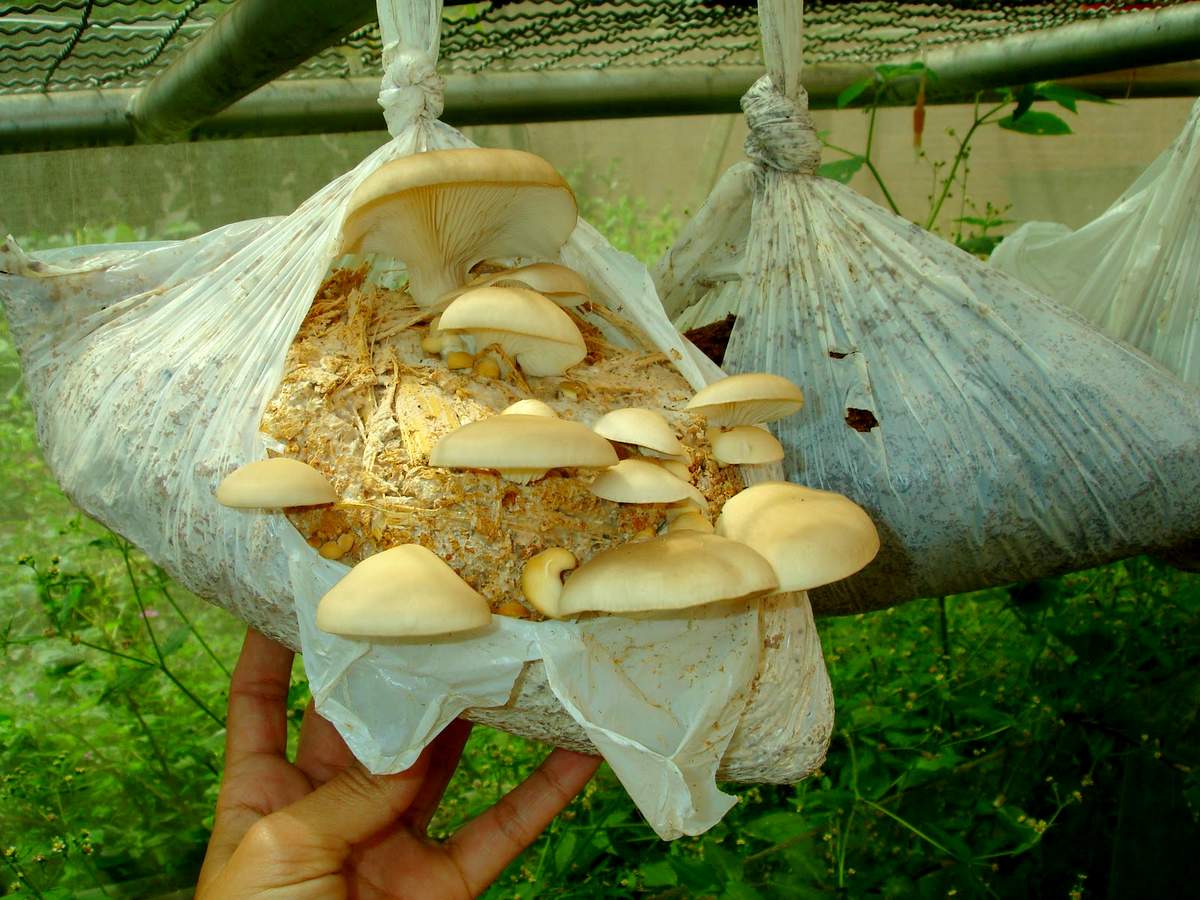
Since oyster mushrooms are hardy mushrooms that give a large harvest, they are in great demand in the market, so they have been cultivated for a long time. Among lovers of mushrooms, they have gained respect.
The similarity of oyster mushrooms with inedible mushrooms
Poisonous mushrooms do not grow on the territory of our country, which would be outwardly similar to ordinary oyster mushrooms. But oyster mushrooms are similar to many inedible or conditionally edible wood mushrooms, for example, to the sawfly, which has a very bitter taste.
Related species of oyster mushrooms
A relative of the common oyster mushroom is the horn-shaped oyster mushroom, which is distinguished by a lighter yellowish cap. The cap of oyster mushroom in diameter reaches 3-12 centimeters. The cap is funnel-shaped with wavy edges. The white pulp has a floury light smell. In older mushrooms, the flesh is tougher, so it takes longer to cook. The leg is curved, its length is 2-6 centimeters.
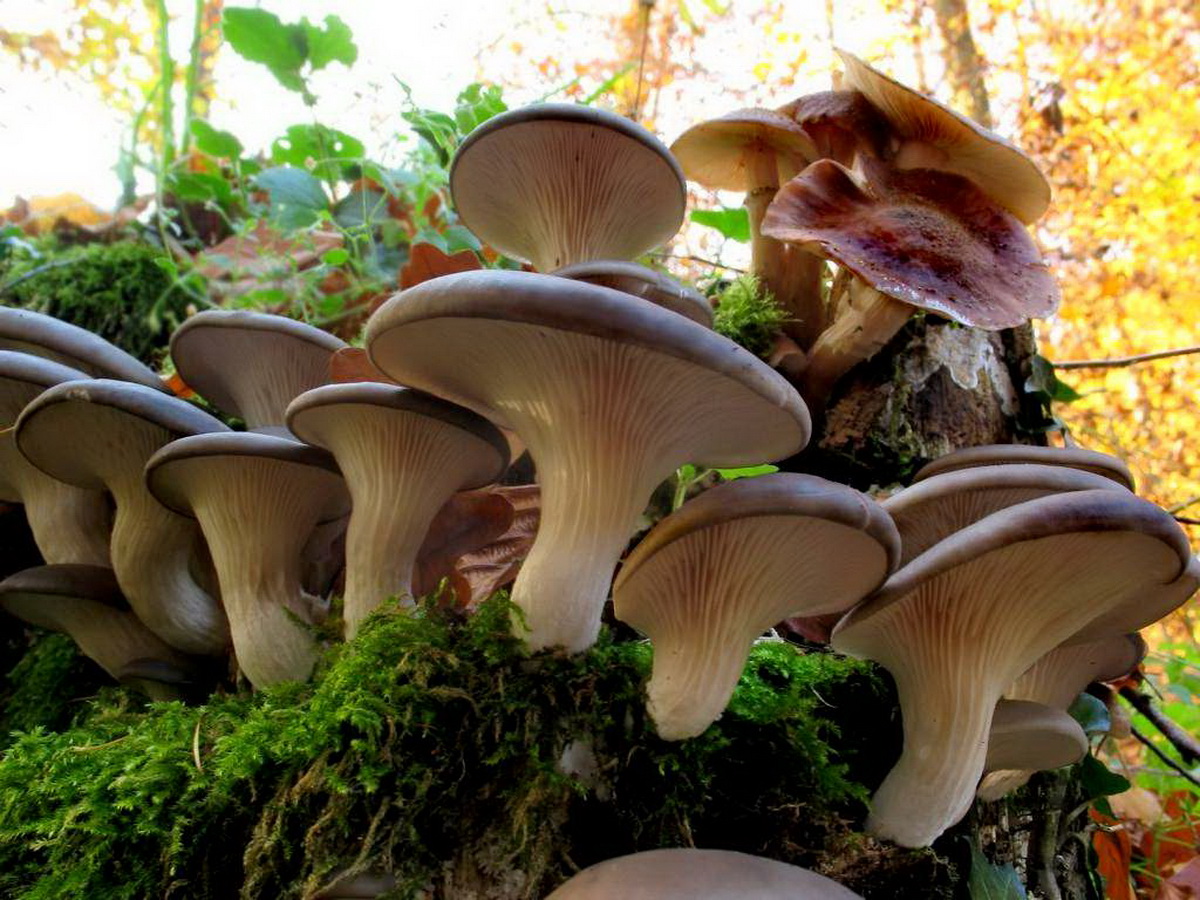
Carob oyster mushrooms are harvested from May to October. They grow on stumps and deadwood of deciduous trees. These are not rare mushrooms, but they grow in hard-to-reach places. Horn-shaped oyster mushrooms are common in Russia, the North Caucasus, China, Japan and Ukraine.
Oyster mushroom whitish also looks like an ordinary oyster mushroom. This mushroom grows from mid-summer to mid-autumn. The whitish oyster mushroom has a lighter cap and yellowish flesh.
Oak oyster mushroom has a whitish hat with dark scales. The spore sac is creamy grey. The stalk is whitish; in young mushrooms, the stalk may be absent.
Oyster mushroom has a convex or tongue-shaped cap with cracked edges. The cap is 4-9 cm in diameter. The color of the cap is white or cream. The pulp is elastic, thin, white. Spores are white.

